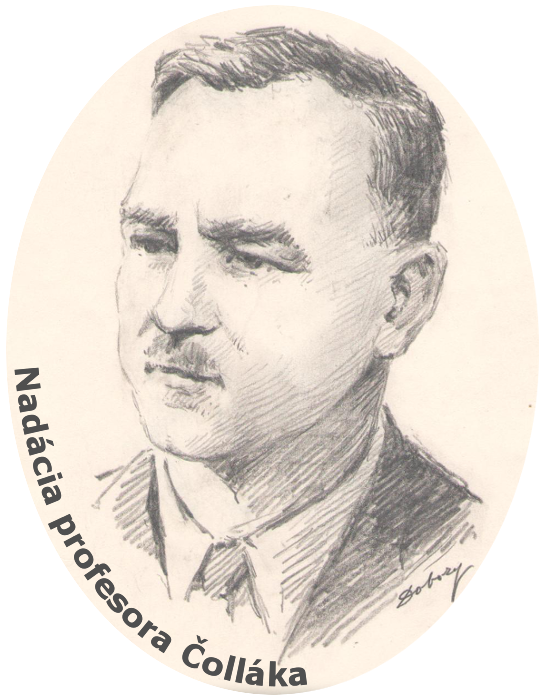Purchasing and Sale
Direct marketing
Retail Management
Pricing policy in trade and marketing
Management and funding of innovation
Costing and Budgeting
Enterprise Sale Strategy
Study grade : 2.
Year of study: 1.
Compulsory module
The aim of the course is to present knowledge about sales strategy as one of the functional strategies of the company. Clarify shopping behavior and approaches to the customer. Present knowledge about approaches to competitors, customers, and distributors. Justify the differentiation of sales strategies according to the product life cycle. To get acquainted with the essence of marketing cooperation and demonstrate approaches to optimizing and modeling the company's sales strategy.
Brief module description
- Introduction to the subject. Contents. Sequence of studies. Forms of study of the subject. Literature.
- Basic starting points and approaches to sales strategy. The essence of the company's sales strategy. Marketing analyzes as a starting point for the company's sales strategy.
- Marketing audit as a starting point for sales strategy. The process of creating and goals of the sales strategy. Classification of sales strategies.
- Customer-focused sales strategies. Breakdown of customers by types of target markets. Customer buying behavior in the consumer market.
- Purchasing behavior for customers in the markets. Customer-focused strategies. Placement strategy and customer relationship strategies.
- Sales strategies focused on competitors. Strategy of the company’s approach to competition. Basic types of competitive sales strategies.
- Specific types of competitive sales strategies.
- Product-oriented sales strategies. Product and its characteristics. Product decision making.
- New product and the process of its development. Sales strategies according to product life cycle stages.
- Sales strategies focused on marketing communication. The essence of marketing communication within the sales strategy. Strategies of elements of marketing communication.
- Other approaches to marketing communication strategy. Creation and evaluation of marketing communication strategy.
- Sales strategies focused on distribution. Distribution channels, entities and their functions. Levels and trends of distribution routes. Decision-making on distribution channels. Distribution strategies.
- Model of optimization of the company's sales strategy in the environment of perfect and imperfect competition.
Operational analysis
Study grade : 1.
Year of study: 2.
Compulsory module
The aim of the course is to present knowledge of graph theory as a modern mathematical discipline with extensive application in practice with emphasis on the application of this theory to optimize tasks in management / economics. Furthermore, students will acquire knowledge of solving linear programming problems and master the solution of problems using various variations of the simplex method.
Brief module description
- Introduction to the subject. Contents. Sequence of studies. Forms of study of the subject. Literature. Basic concepts of graph theory Basic concepts of network planning. Time network projects - common procedures in CPM and PERT method
- Network graph analysis. Calculation of project duration. Calculation of time reserve in network graph nodes. Calculation of time reserves for project activities. Identification of critical paths of the project. Monitoring the implementation of projects. Resource management
- Specific procedures in the PERT method. Calculation of the average project duration
- Calculation of the probability of project implementation within the set deadline. Calculation of the project duration for a given value of the probability of its completion.
- Time-cost CPM method. Calculation of the project duration in the normal mode of all activities. Calculation of project duration in the limit mode of all activities. Calculation of minimum costs for the marginal duration of the project. Calculation of the cheapest project for the required duration
- Non-time network projects.
- Introduction to linear programming. Formulation and solution of the transport task.
- Methods of determining the primary solution, optimality test, unbalanced traffic problems.
- Assignment problem and methods of its solution.
- General role of linear programming. Simplex method of ÚLP solution. Simplex algorithm, natural basis. Additional variables, artificial base method. Duality in linear programming, duality theorems.
- Solution of primary and dual problems by primary simplex algorithm.
- Dual simplex algorithm. Integer programming, methods of cutting surfaces. Gomory algorithm I. Gomory algorithm II. Combinatorial methods for solving integer programming problems.
- Land's and Doig's method.
Business Economics
Subcategories
Partners












